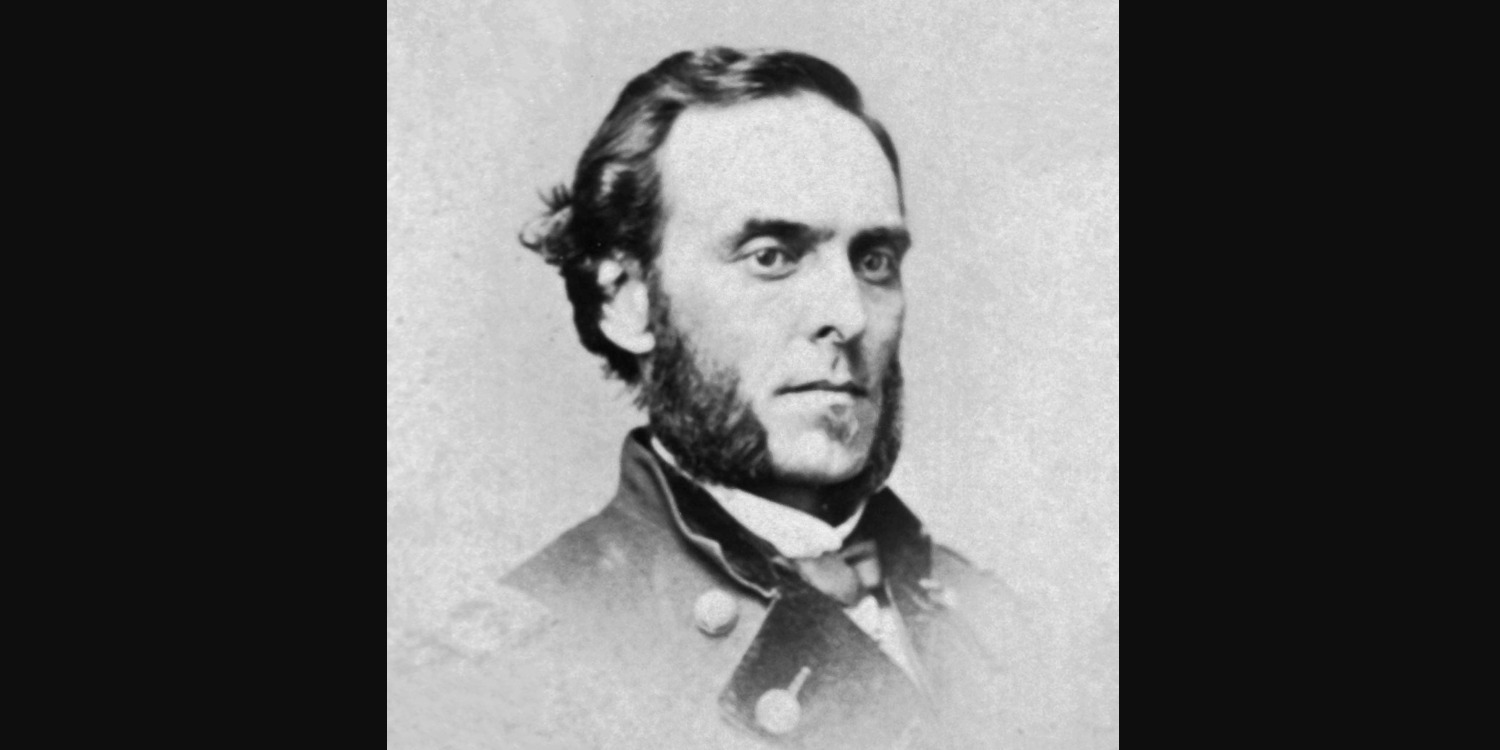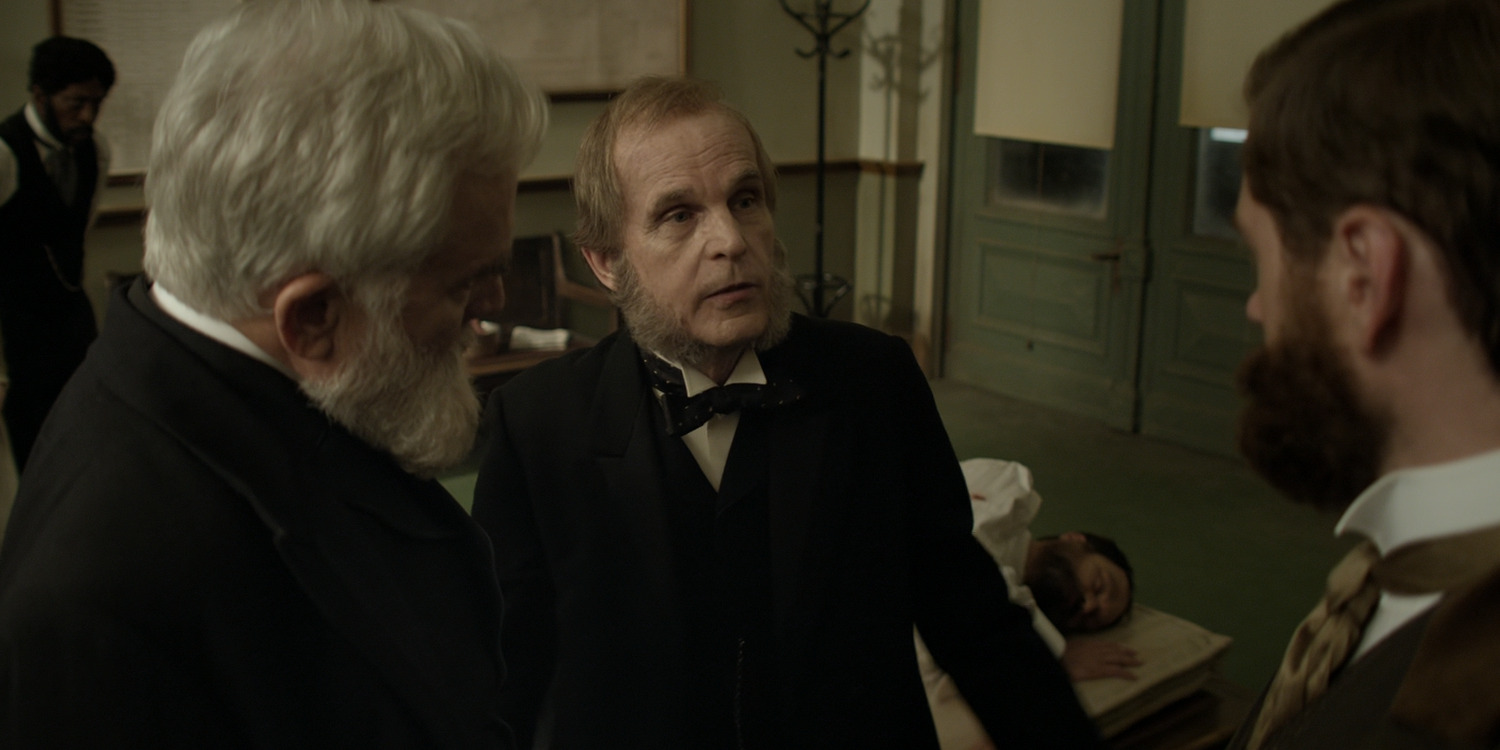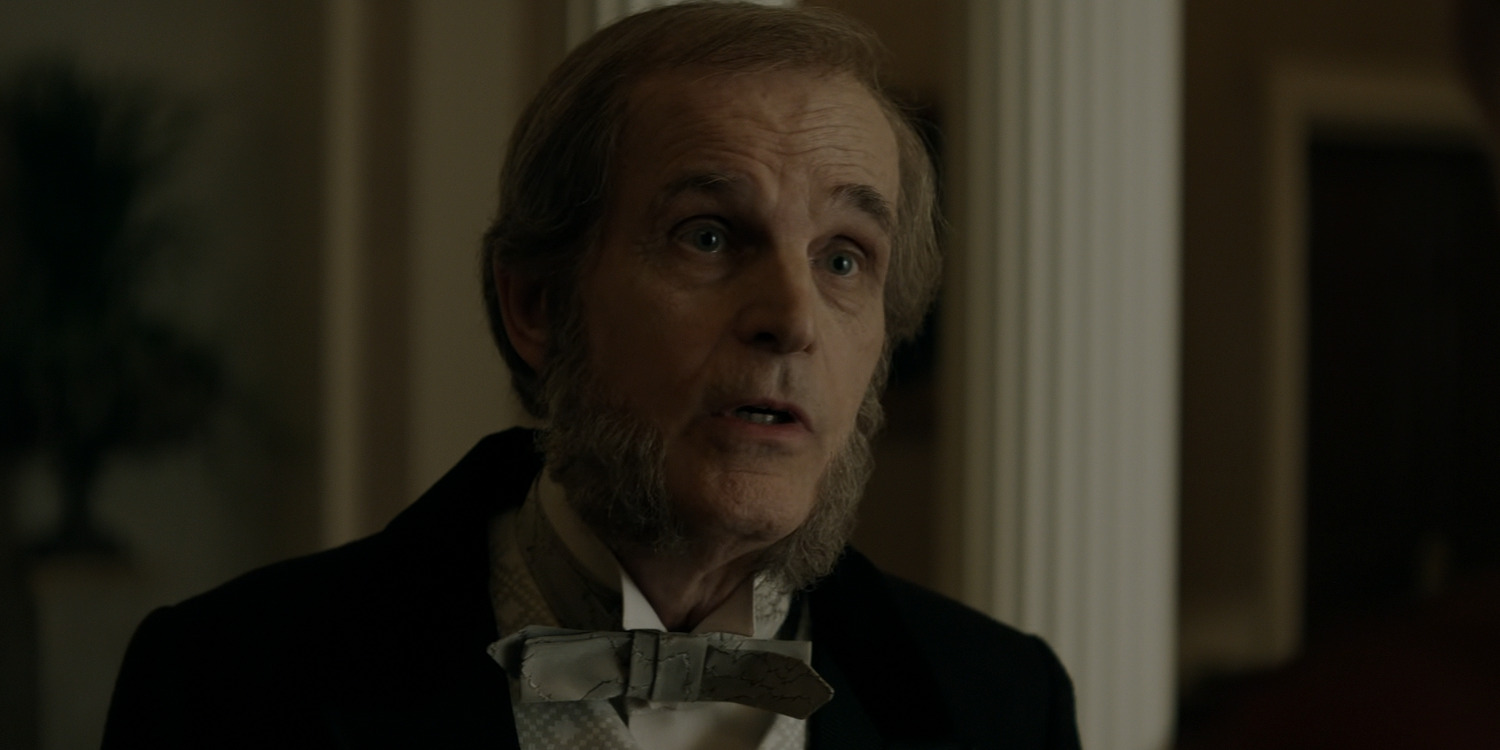In ‘Death by Lightning,’ the audience is transported to the American political landscape of the 1880s, when the Republican Party found an unexpected champion in James Garfield. When the Ohioan congressman attends the party’s National Convention in 1881, he has no intentions of adding his own name to the ballot of the nominee for the Presidential Candidate. Yet, as fate would have it, a surprising series of events leads him to become the 20th President of the United States. However, another character at the center of the narrative, Charles Guiteau, ends up cutting his term tragically short after he pulls the trigger on him four months into his Presidency. In the somber aftermath that follows, Garfield finds himself fighting for his life, living on sickbeds with doctors hovering over him day in and day out. Thus, Dr. Bliss, the head physician overseeing the President’s treatment, becomes a crucial part of the narrative, bringing an air of intrigue to his character’s possible historical origins.
The Real Dr. Bliss Served as James A. Garfield’s Physician After The 1881 Shooting
Mike Makowsky’s ‘Death by Lightning’ is a biographical dramatization of the life and death of James A. Garfield, America’s 20th President. As a result, the series remains faithful to the historical account of Garfield’s Presidency and assassination as they unfolded in the year 1881. For the most part, everything, from the storytelling beats to the characters involved in the narrative, finds a significant basis in reality. The same is true for Dr. Bliss, the on-screen character who takes charge of Garfield’s recovery in the aftermath of Charles Guiteau’s July 2, 1881, attack. In real life, Dr. Doctor Willard Bliss was the physician who fulfilled this same role. The real-life Bliss, who also hailed from Ohio, was acquainted with the President since their childhood. Furthermore, both men had served the Union in the Civil War.

Notably, Bliss and Garfield’s careers took them in different directions during the war. The latter became a General and fought in various battles. As for the former, he was initially the Third Michigan Infantry’s Regimental Surgeon before relocating to the general army at Washington, DC’s Armory Square Hospital, where he served as the Chief Surgeon. One defining aspect of the physician’s career came from his brief expulsion from the District of Columbia Medical Society. The reason behind this stemmed from his opposition to the Society’s policy, which excluded black doctors, as well as his interest in homeopathy. Although he was eventually welcomed back into the Society, the humiliation of fostering an interest in alternative medicine made him reluctant to accept antiseptic medicine as it was introduced in the 1870s.
Dr. Bliss’s Treatment Led to the Sepsis Infection, Which Contributed to Garfield’s Death
On July 2, 1881, Doctor Willard Bliss was brought on to treat Garfield shortly after the latter was shot at the Baltimore and Potomac Railroad Station. At the time, the physician wasn’t the only one who shared a distrust of antiseptic medicine, as many American doctors overlooked it. Therefore, when Bliss and the numerous other doctors tended to Garfield in the immediate aftermath of the shooting, most didn’t bother with washed hands, clean surroundings, or even sanitary equipment. Yet, reports suggest, Bliss’ probing of the President’s bullet wound proved to be the most aggressive.

In fact, one of the doctors on the scene, Dr. Charles Purvis, the first Black doctor to treat a US President, even expressed his horror at the nature of the head physician’s examination. Nonetheless, his concerns were ignored. Once a still-injured Garfield was transported from the train station to the White House, Bliss continued to take charge of the treatment. Even after the President’s personal physician, Dr. Jedediah Hyde Baxter, arrived at Washington, the other doctor asserted himself as the Head Physician on the case. In fact, the physician wrote to other doctors who had tended to or examined Garfield at the station to announce his authority over the situation, claiming to have been appointed in charge by Lucretia Garfield. Reportedly, the latter denied this claim later on.
In the months that followed, Bliss continued with the President’s treatment, even inviting the help of Alexander Graham Bell and his metal detector ot no avail. His evaluation of the bullet’s place in the patient’s body was off by around a foot, which affected most avenues of treatment. In the end, Garfield passed away on September 19, 1881. Autopsy reports discovered the presence of overwhelming septic infection in the body. Furthermore, it was concluded that given the bullet’s actual positioning in the body, the Garfied could have survived if it weren’t for the Sepsis and Pneumonia. Ultimately, Bliss’ reputation suffered heavily in the aftermath, never to be recovered. Years later, the doctor died of a stroke on February 21, 1889. Although ‘Death by Lightning’ only showcases a small portion of the life the physician led, the on-screen depiction of Bliss remains close to reality.


You must be logged in to post a comment.